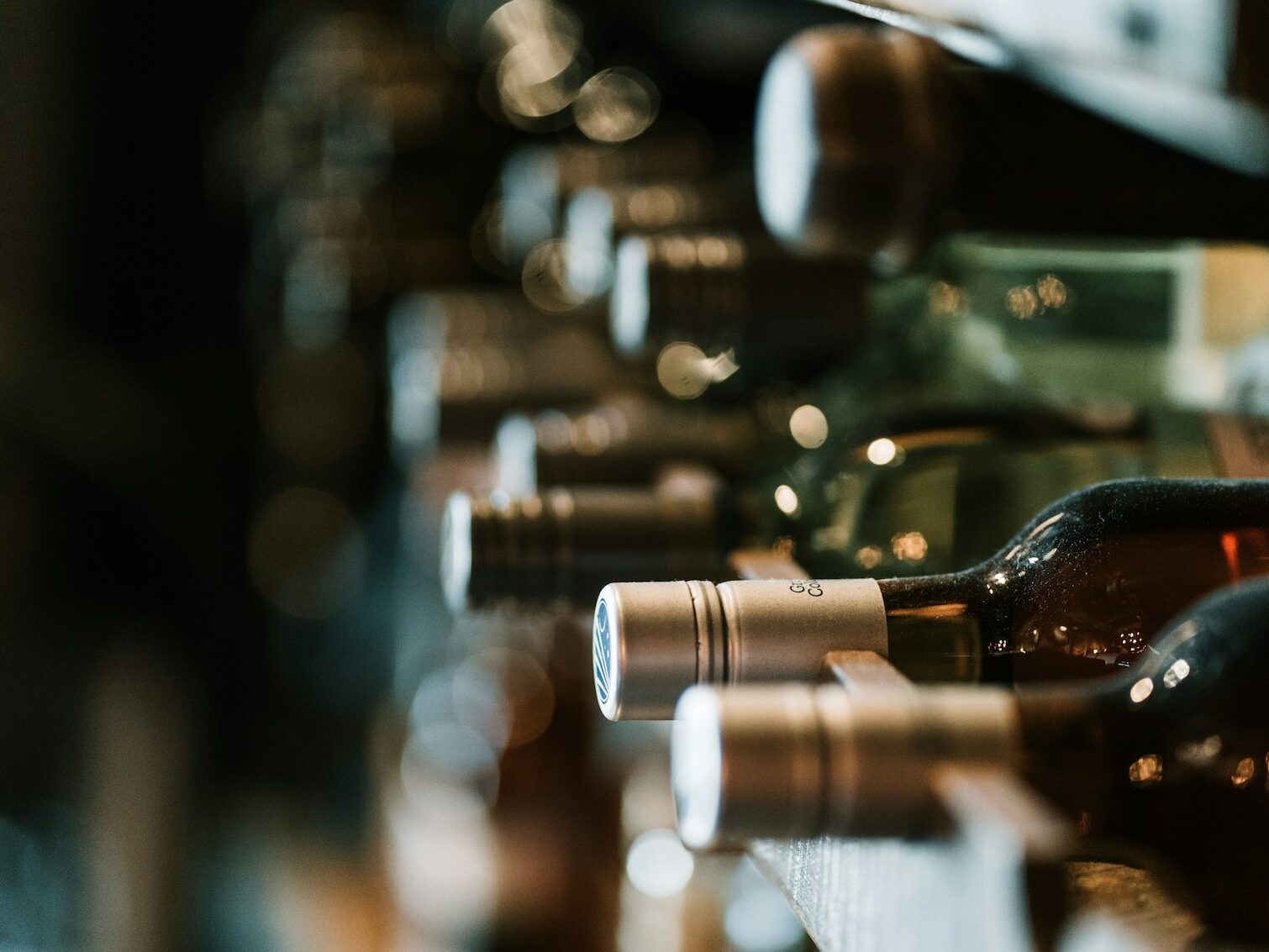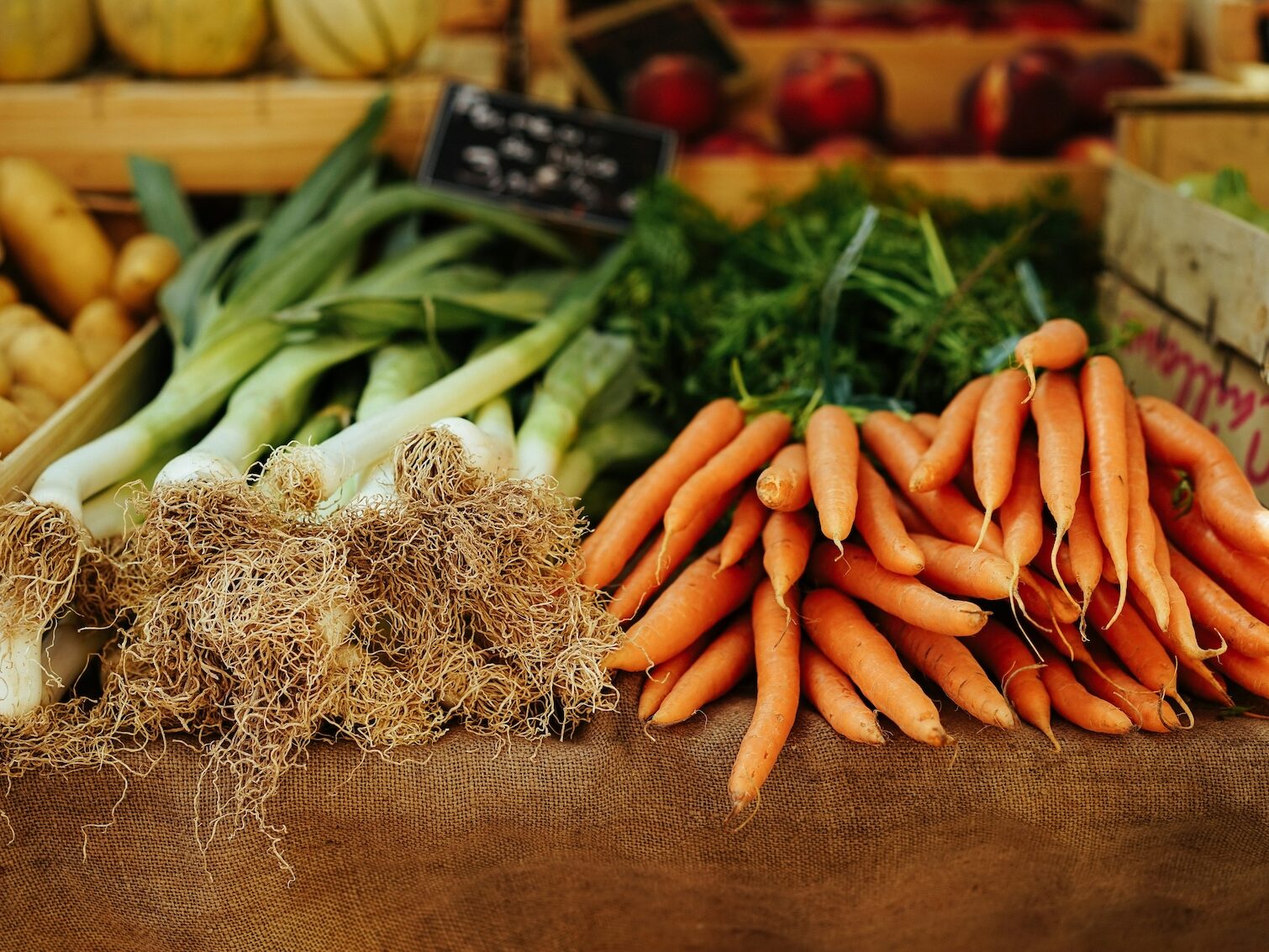
Patrick Campbell (Photo by Eric Velasco)
Patrick Campbell is deeply into cocktails.
The bar head at Key Circle Commons in Mountain Brook stocks spirits from distillers that share his passions for sustainability and craft. He goes to great lengths to make syrups, infusions, and other mixers using fruit, herbs and produce from local farmers. He finds fulfillment taking classic cocktails and giving them his own unique twist.
Craft bartending, like gourmet cooking, is an exercise in finding the best ingredients and using your skills to build a complete sensory experience. Campbell pulls back the curtain to share a behind-the-scenes look at how skilled mixologists create signature drinks and unique cocktail components.
“The first rule of bartending is: Nothing is set in stone,” Campbell says, quoting mixology legend and author Gary Regan. “If it grows together, it goes together so I think about an ingredient I want to use, where it comes from, why it comes from there, and what comes from the same area. Those are usually the first places I go.”
If you ever wonder why not all cocktails are created equal, let Campbell explain.
How do you come up with cocktail recipes?
I like to call it the “Mr. Potato Head” method. I’ll take a classic cocktail and start by removing one of the components and putting a different component in, mixing and matching. And if that’s not getting me where I want to go, I’ll try compounding the flavors.
How so?
A Gimlet originally was two ingredients, gin and lime cordial. We peel 60 limes and save all the peels. We juice all those limes and add an equal weight of granulated sugar to make a syrup. And then I put all the peels in and steep them for 48 hours. It gets all the citrus oils out, and you get some of the bitterness from the pith. A cordial is not that far off from lime juice and syrup. But it really is. There’s so much more depth to it. If I make you a gimlet with my cordial and a gimlet with lime juice, you will notice the difference.
Why do you make your own syrups?
You can’t achieve that flavor from anything else. I’ll use fruits that are aesthetically underwhelming, pack them in sugar, mash them up with a muddler or potato masher, and just let them sit overnight. It produces the most beautiful liquid that’s true to the flavor and color, and the perfect consistency for making cocktails. Some fruits give off more liquid than others. Strawberries make the best syrups.
Does that technique work with savory ingredients, too?
We have a drink called the Village Green that’s made with basil simple syrup. We blanch fresh basil in boiling water 5–10 seconds, and then shock it in ice water to lock in the color. If you just try to blend fresh basil into a syrup it will oxidize within 48 hours, turn brown, and look like swamp water. But blanching it kills the things that can turn it. The syrup will stay green like that for a month.
I’ll take the water that I blanched the basil in—it’s got those oils and some flavor imparted—use it to make the simple syrup, and then blend the blanched basil into that. It’s just another way of compounding the flavor. It’s also a matter of practicality, not having to make it all the time or waste it.
So, it’s a matter of squeezing every bit of flavor and character from your core ingredients?
If there’s any way to use it, I will find a way to do it. Before we squeeze grapefruit and oranges for juice, we peel them and cover the peels in sugar. It extracts the oils and creates its own liquid. For strawberry syrups, I have the kitchen at Brick and Tin save the tops of the strawberries they use for salads. That’s all I macerate. It produces enough liquid that we don’t have to use whole strawberries for the bar program. I wish we could be more sustainable here.
What’s something unusual that you do?
I like doing some of the more technique -driven, scientific things like clarifications using milk protein. It’s sort of like consommé where you use egg protein to take out the impurities. You can curdle milk (with acid like lemon juice), separate the curds and whey and use the curds as a filter to strip away all the organic material, polyphenols, and tannins.
I make a big batch of whiskey sour and hit it with milk, which curdles. When I filter, it takes out all the impurities, all the things that can make it spoil. After a couple filtrations it looks as clear as water. It’s shelf-stable indefinitely. It’s cool visually for the customer. And the flavors blend to create this singular-tasting nectar.
It sounds like a major effort.
It takes a couple of extra steps. But it’s worth it in the end.




